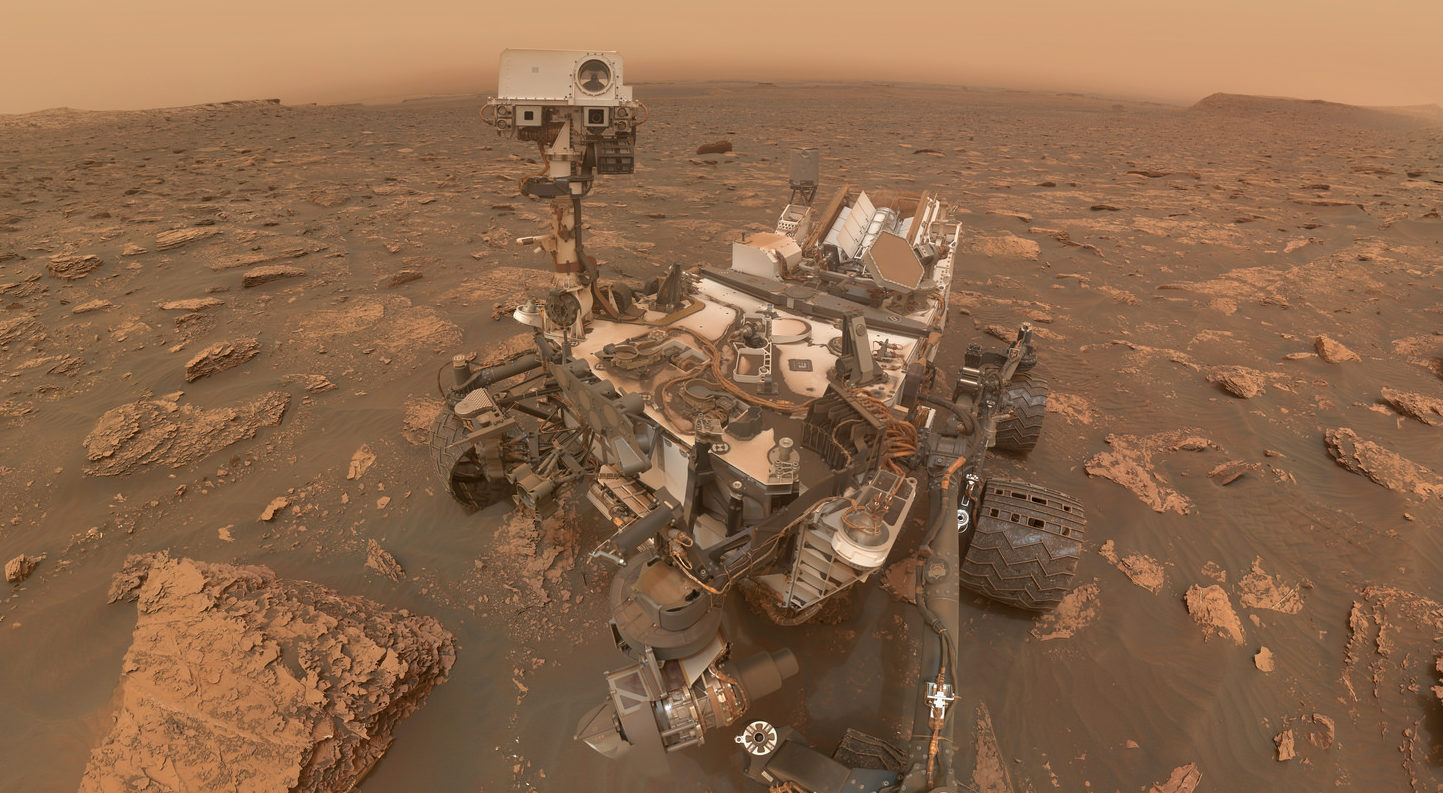

Space
NASA's resilient Curiosity Rover bounces back once more after attitude issue
NASA’s Curiosity rover had a little attitude problem earlier this week. The issue sidelined the rover for a brief time, but the golf cart-sized robot is back to roaming the red planet.
In rover speak, “attitude” doesn’t mean Curiosity is being sassy, but rather it refers to the robot’s position in space. Curiosity needs to know where it and its robotic arm (which is where the robot’s instruments are kept) are at all times. This helps keep the rover safe.
If Curiosity fails to keep track of its attitude, it could accidentally point one of its cameras towards the sun or even damage an instrument by hitting it on a nearby rock or boulder.

“Partway through its last set of activities, Curiosity lost its orientation. Some knowledge of its attitude was not quite right, so it couldn’t make the essential safety evaluation,” Dawn Sumner, a planetary geologist and Curiosity team member wrote in a mission update on Monday (Jan. 20).
“Thus, Curiosity stopped moving, freezing in place until its knowledge of its orientation can be recovered,” she added. “Curiosity kept sending us information, so we know what happened and can develop a recovery plan.”
Curiosity has explored the Martian surface since 2012, and over the course of its mission, the rover has bounced back from numerous glitches—this was no exception. Thanks to the robot’s handlers, a plan was quickly implemented and Curiosity started moving again.
Their plan was to manually send the robot its location information. Soon after, Curiosity was back in action.
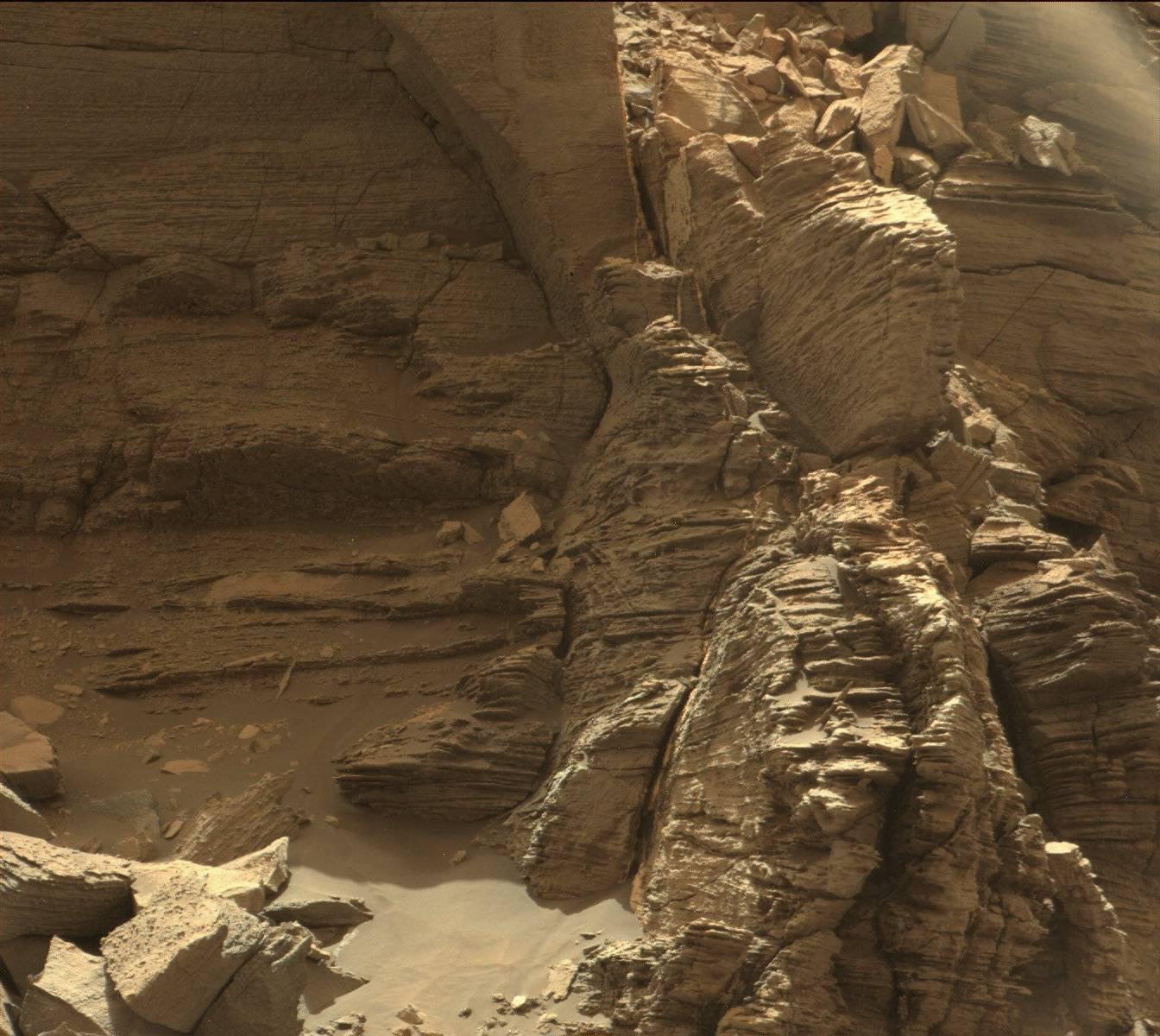 The Curiosity rover captures a view of an outcrop with finely layered rocks within the ‘Murray Buttes’ region on lower Mount Sharp. Credit: NASA/JPL-Caltech
The Curiosity rover captures a view of an outcrop with finely layered rocks within the ‘Murray Buttes’ region on lower Mount Sharp. Credit: NASA/JPL-Caltech
“We learned this morning that plan was successful and Curiosity was ready for science once more!” said Scott Guzewich, mission team member and atmospheric scientist at NASA’s Goddard Space Flight Center in Greenbelt, Maryland, wrote in a subsequent update.
This isn’t the first time the rover dealt with issues. Curiosity has overcome multiple glitches and setbacks during its time on Mars. But thanks to a robust design and a team of highly-skilled engineers, the rover has been able to work through the various issues that have popped up. (Including memory issues as well as damage to its wheels from the rougher-than-expected Martian terrain.)
In fact, Curiosity originally had just a two-year mission, but has performed so well, that the six-wheeled rover is in its seventh year.
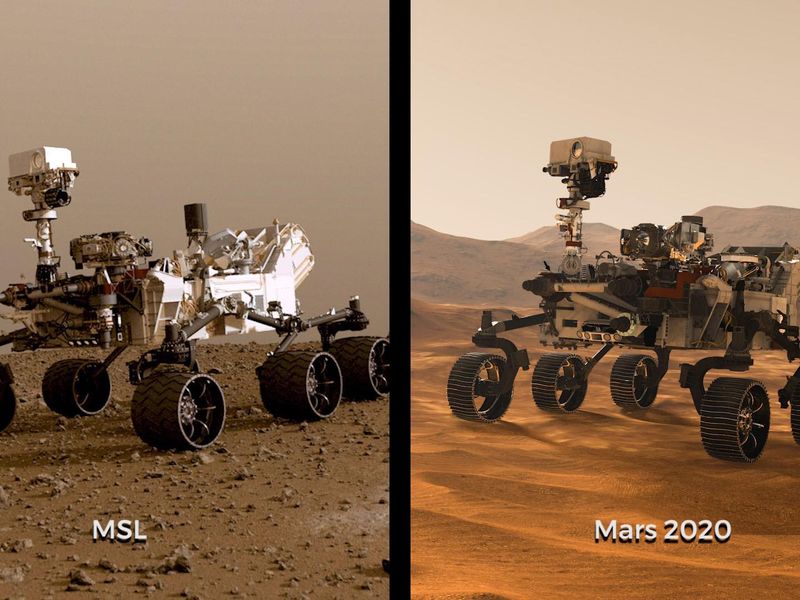 A side-by-side view of the Mars 2020 and Curiosity rovers. Credit: NASA/JPL-Cal-Tech
A side-by-side view of the Mars 2020 and Curiosity rovers. Credit: NASA/JPL-Cal-Tech
The rover landed inside Gale Crater, a 96-mile-wide (154-kilometer) crater in August 2012, and was tasked with assessing the region’s habitability. Did life once flourish in this spot? So far, Curiosity has not found direct evidence of past life on Mars, but the rolling scientist did discover that the spot was once home to a lake and stream system, some time in Mars’s past.
Currently, the rover is exploring the foothills of Mount Sharp, a 3.4-mile-high mountain jetting up from the crater’s center. Here, the rover will look for clues about Mars’s ancient climate and how it changed over millions of years.
Right now, Curiosity is the only functioning rover on the red planet’s surface. NASA’s storied Opportunity rover was shut down following a planet-wide dust storm that blocked out the lift-sustaining sunshine the rover needed to power its batteries.
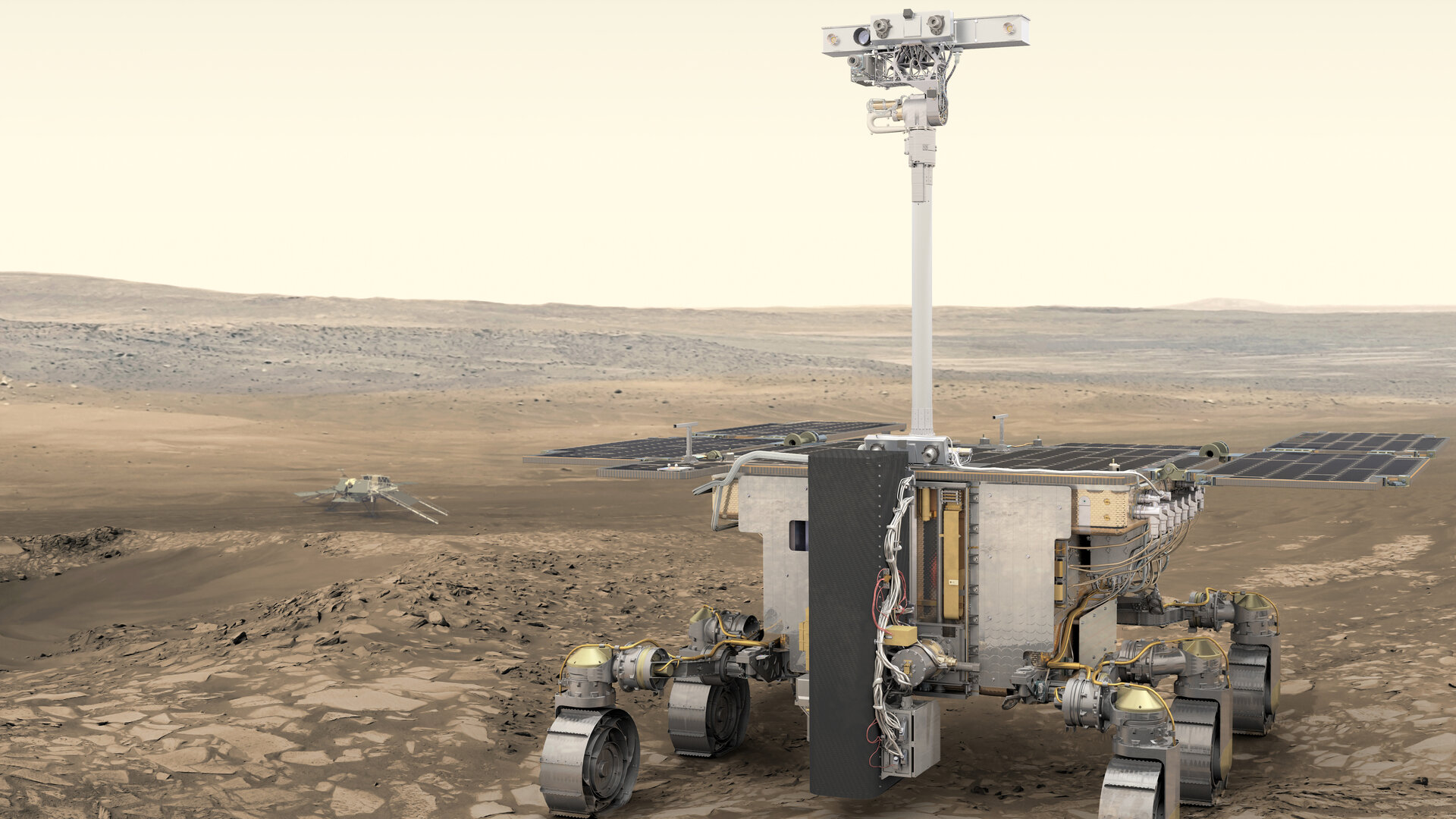 ESA’s ExoMars rover will roam the rusty Martian surface in search for signs of life.
ESA’s ExoMars rover will roam the rusty Martian surface in search for signs of life.In July, NASA will be sending its next rover—a souped up version of Curiosity—to Mars. Designed to search for signs of life, the Mars 2020 rover will arrive on the red planet in March 2021. Landing in Jezero Crater, the rover will bag up samples for return to Earth at a later time.
But that’s not all. The European Space Agency (ESA) is teaming with Russia’s Roscosmos to send its own rover to Mars. The Rosalind Franklin, ExoMars rover will also look for signs of past life on Mars.
News
SpaceX Ax-4 Mission prepares for ISS with new launch date
SpaceX, Axiom Space, and NASA set new launch date for the Ax-4 mission after addressing ISS & rocket concerns.
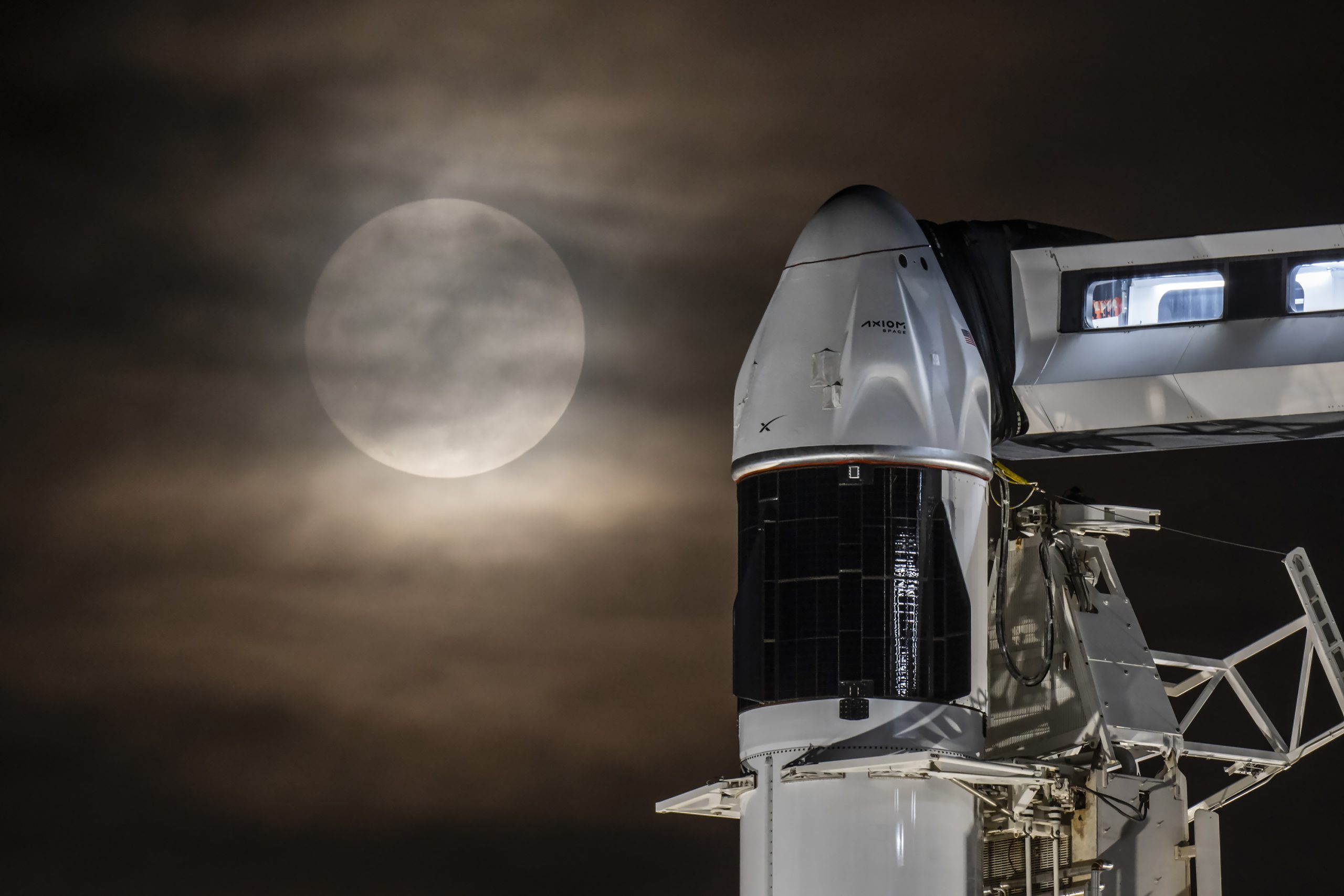
SpaceX is preparing for a new launch date for the Ax-4 mission to the International Space Station (ISS).
SpaceX, Axiom Space, and NASA addressed recent technical challenges and announced a new launch date of no earlier than Thursday, June 19, for the Ax-4 mission. The delay from June 12 allowed teams to assess repairs to small leaks in the ISS’s Zvezda service module.
NASA and Roscosmos have been monitoring leaks in the Zvezda module’s aft (back) segment for years. However, stable pressure could also result from air flowing across the hatch seal from the central station. As NASA and its partners adapt launch schedules to ensure station safety, adjustments are routine.
“Following the most recent repair, pressure in the transfer tunnel has been stable,” a source noted, suggesting the leaks may be sealed.
“By changing pressure in the transfer tunnel and monitoring over time, teams are evaluating the condition of the transfer tunnel and the hatch seal between the space station and the back of Zvezda,” the source added.
SpaceX has also resolved a liquid oxygen leak found during post-static fire inspections of the Falcon 9 rocket, completing a wet dress rehearsal to confirm readiness. The Ax-4 mission is Axiom Space’s fourth private astronaut trip to the ISS. It will launch from NASA’s Kennedy Space Center in Florida on a Falcon 9 rocket with a new Crew Dragon capsule.
“This is the first flight for this Dragon capsule, and it’s carrying an international crew—a perfect debut. We’ve upgraded storage, propulsion components, and the seat lash design for improved reliability and reuse,” said William Gerstenmaier, SpaceX’s vice president of build and flight reliability.
The Ax-4 mission crew is led by Peggy Whitson, Axiom Space’s director of human spaceflight and former NASA astronaut. The Ax-4 crew includes ISRO astronaut Shubhanshu Shukla as pilot, alongside mission specialists Sławosz Uznański-Wiśniewski from Poland and Tibor Kapu from Hungary. The international team underscores Axiom’s commitment to global collaboration.
The Ax-4 mission will advance scientific research during its ISS stay, supporting Axiom’s goal of building a commercial space station. As teams finalize preparations, the mission’s updated launch date and technical resolutions position it to strengthen private space exploration’s role in advancing space-based innovation.
News
Starlink India launch gains traction with telecom license approval
Starlink just secured its telecom license in India! High-speed satellite internet could go live in 2 months.

Starlink India’s launch cleared a key regulatory hurdle after securing a long-awaited license from the country’s telecom ministry. Starlink’s license approval in India paves the way for commercial operations to begin, marking a significant milestone after a three-year wait.
The Department of Telecommunications granted Starlink a Global Mobile Personal Communication by Satellite (GMPCS) license, enabling it to roll out its high-speed internet service. Local reports hinted that Starlink plans to launch its services within the next two months. Starlink India’s services are expected to be priced at ₹3,000 per month for unlimited data. Starlink service would require a ₹33,000 hardware kit, including a dish and router.
“Starlink is finally ready to enter the Indian market,” sources familiar with the rollout plans confirmed, noting a one-month free trial for new users.
Starlink’s low-Earth orbit satellite network promises low-latency, high-speed internet that is ideal for rural India, border areas, and hilly terrains. With over 7,000 satellites in orbit and millions of global users, Starlink aims to bridge India’s digital divide, especially in areas with limited traditional broadband.
Starlink has forged distribution partnerships with Indian telecom giants Reliance Jio and Bharti Airtel to streamline deployment and retail logistics. However, the company still awaits spectrum allocation and final clearances from India’s space regulator, IN-SPACe, and national security agencies before its full launch, expected before August 2025.
India’s satellite internet market is becoming increasingly competitive, with Starlink joining rivals like OneWeb and Jio Satellite Communications. While Starlink positions itself as a premium offering, its entry has sparked debate among domestic telecom operators over spectrum pricing.
Local reports noted that other players in the industry have raised concerns over the lower regulatory fees proposed for satellite firms compared to terrestrial operators, highlighting tensions in the sector.
Starlink India’s launch represents a transformative step toward expanding internet access in one of the world’s largest markets. Starlink could redefine connectivity for millions in underserved regions by leveraging its advanced satellite technology and strategic partnerships. As the company navigates remaining regulatory steps, its timely rollout could set a new standard for satellite internet in India, intensifying competition and driving innovation in the telecom landscape.
Elon Musk
SpaceX to decommission Dragon spacecraft in response to Pres. Trump war of words with Elon Musk
Elon Musk says SpaceX will decommission Dragon as a result of President Trump’s threat to end his subsidies and government contracts.
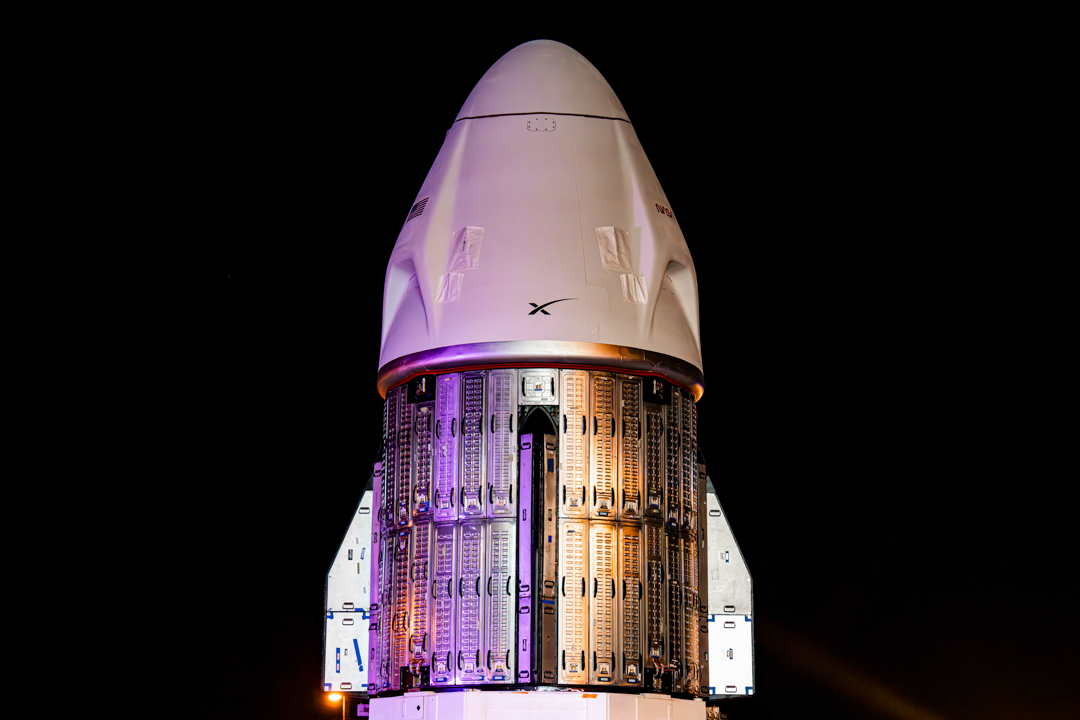
SpaceX will decommission its Dragon spacecraft in response to the intense war of words that President Trump and CEO Elon Musk have entered on various social media platforms today.
President Trump and Musk, who was once considered a right-hand man to Trump, have entered a vicious war of words on Thursday. The issues stem from Musk’s disagreement with the “Big Beautiful Bill,” which will increase the U.S. federal deficit, the Tesla and SpaceX frontman says.
How Tesla could benefit from the ‘Big Beautiful Bill’ that axes EV subsidies
The insults and threats have been brutal, as Trump has said he doesn’t know if he’ll respect Musk again, and Musk has even stated that the President would not have won the election in November if it were not for him.
President Trump then said later in the day that:
“The easiest way to save money in our Budget, Billions and Billions of Dollars, is to terminate Elon’s Government Subsidies and Contracts. I was always surprised that Biden didn’t do it!”
Musk’s response was simple: he will decommission the SpaceX capsule responsible for transporting crew and cargo to the International Space Station (ISS): Dragon.
🚨 Elon says Dragon will be decommissioned immediately due to President Trump’s threats to terminate SpaceX’s government contracts https://t.co/XNB0LflZIy
— TESLARATI (@Teslarati) June 5, 2025
Dragon has completed 51 missions, 46 of which have been to the ISS. It is capable of carrying up to 7 passengers to and from Earth’s orbit. It is the only spacecraft that is capable of returning vast amounts of cargo to Earth. It is also the first private spacecraft to take humans to the ISS.
The most notable mission Dragon completed is one of its most recent, as SpaceX brought NASA astronauts Butch Wilmore and Suni Williams back to Earth after being stranded at the ISS by a Boeing Starliner capsule.
SpaceX’s reluctance to participate in federally funded projects may put the government in a strange position. It will look to bring Boeing back in to take a majority of these projects, but there might be some reluctance based on the Starliner mishap with Wilmore and Williams.
SpaceX bails out Boeing and employees are reportedly ‘humiliated’
-

 Elon Musk2 weeks ago
Elon Musk2 weeks agoTesla investors will be shocked by Jim Cramer’s latest assessment
-

 Elon Musk2 days ago
Elon Musk2 days agoxAI launches Grok 4 with new $300/month SuperGrok Heavy subscription
-

 Elon Musk4 days ago
Elon Musk4 days agoElon Musk confirms Grok 4 launch on July 9 with livestream event
-

 News1 week ago
News1 week agoTesla Model 3 ranks as the safest new car in Europe for 2025, per Euro NCAP tests
-

 Elon Musk2 weeks ago
Elon Musk2 weeks agoA Tesla just delivered itself to a customer autonomously, Elon Musk confirms
-

 Elon Musk1 week ago
Elon Musk1 week agoxAI’s Memphis data center receives air permit despite community criticism
-

 News2 weeks ago
News2 weeks agoXiaomi CEO congratulates Tesla on first FSD delivery: “We have to continue learning!”
-

 News2 weeks ago
News2 weeks agoTesla sees explosive sales growth in UK, Spain, and Netherlands in June

















